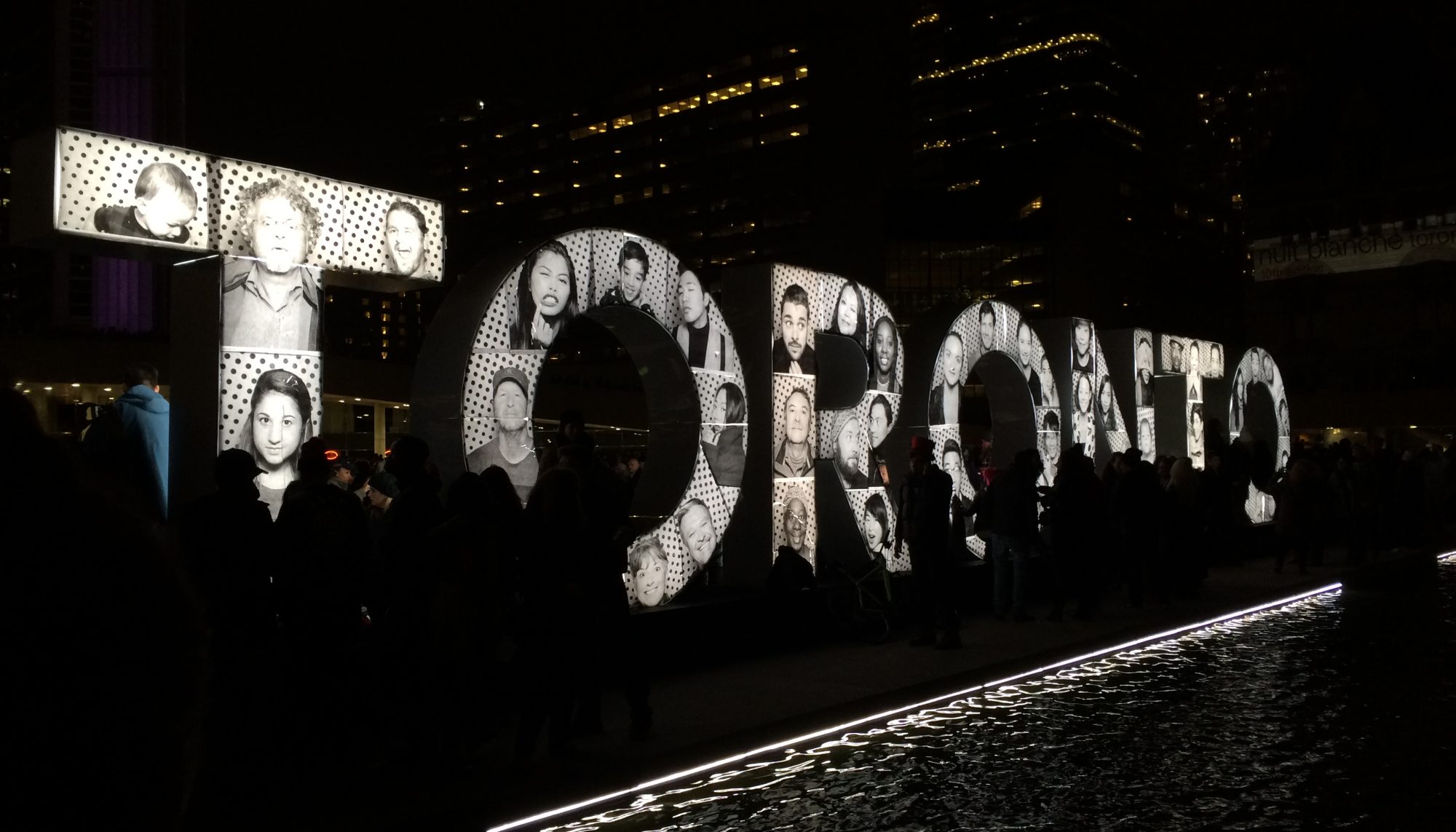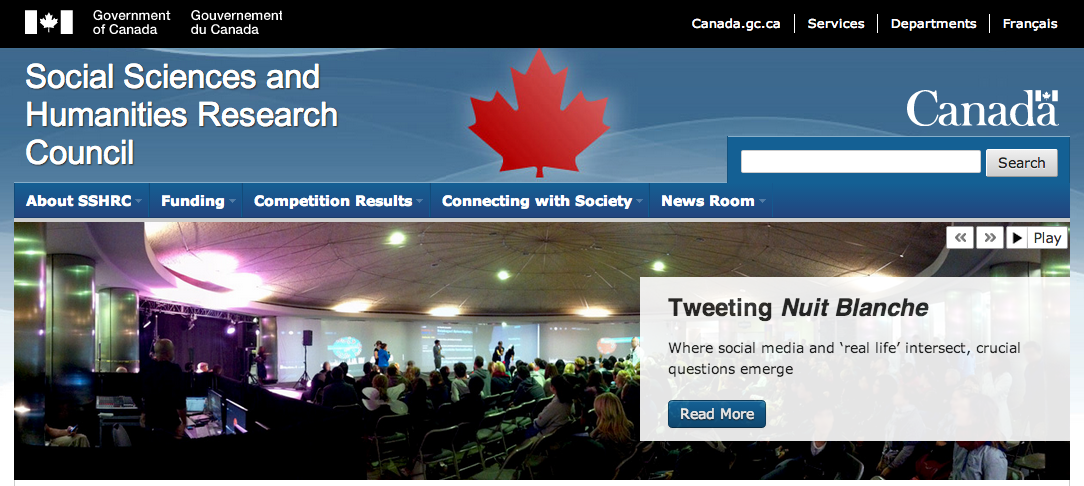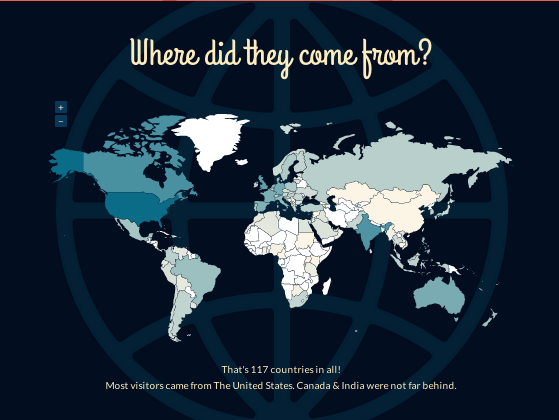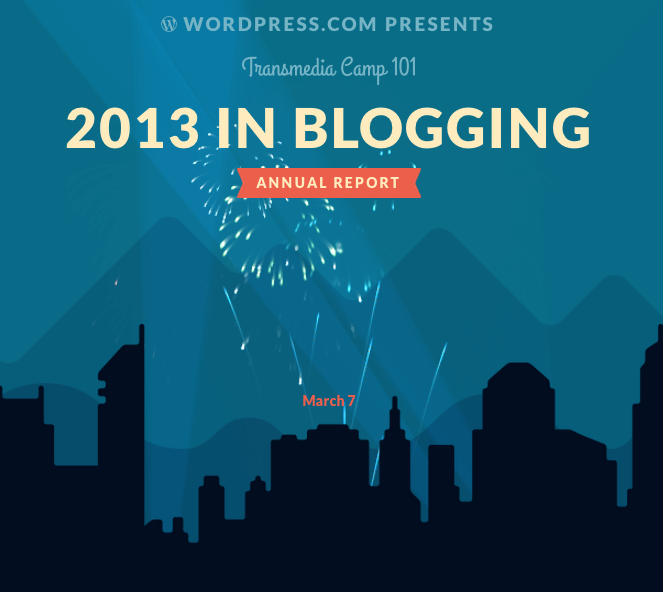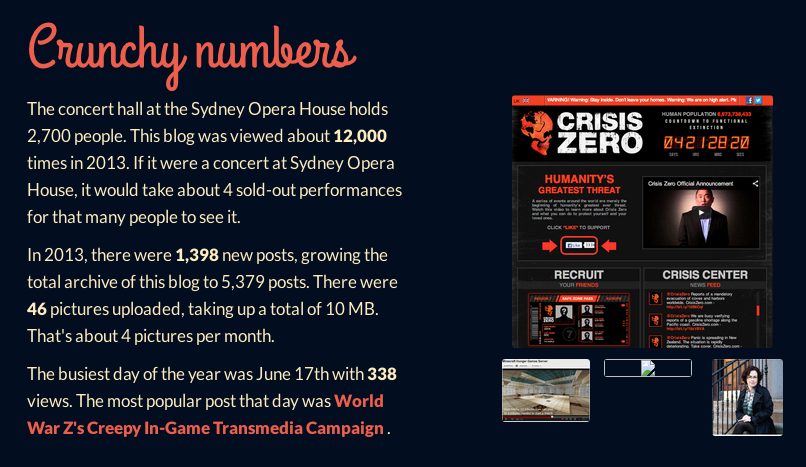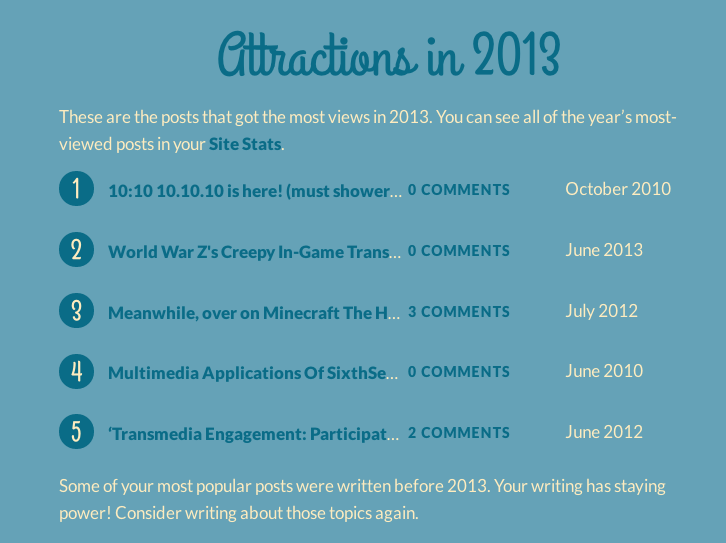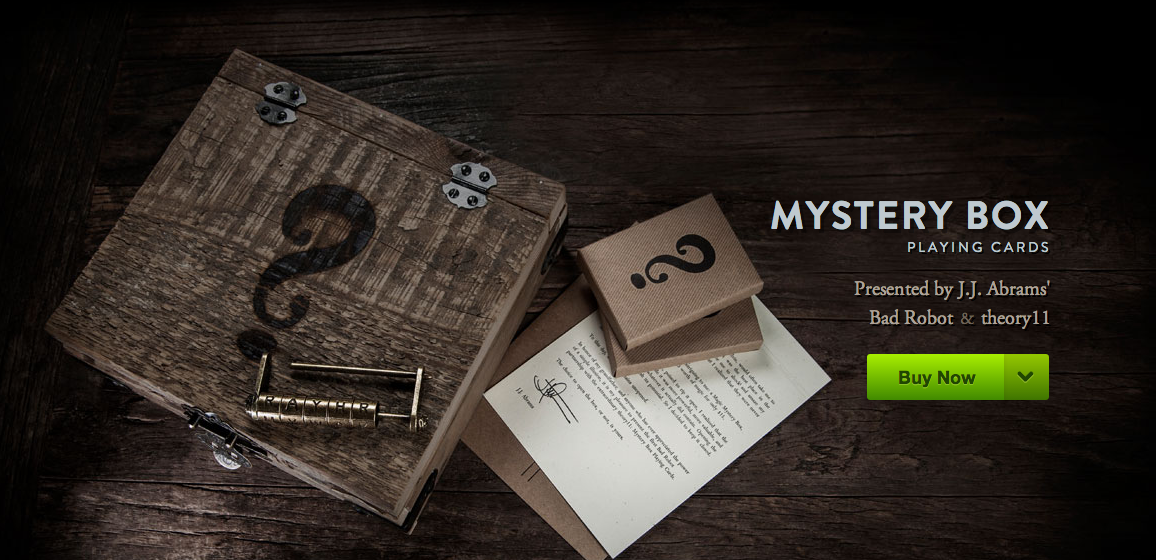
I got very very excited about this one as my first thought was that maybe this would be a new card game, designed from the ground up.
I was thinking a unique set of rules, with maybe the cards as a set of ‘game’ prompts, with themes, characters, actions, events, outcomes… something like what Jeff Watson created for his PhD Dissertation, Reality Ends Here.

In Jeff Watson’s collaborative media-making game, the cards act as prompts to collaborative creative multi-media productions, staged on the campus of USC:
“Reality is a collaborative media-making game for 10 or more players. It is not a single-sitting game, but rather a long-term experience. Depending on how you want to run it, a “season” of Reality can last anywhere from a few weeks to a few months or longer. It is not a game like Monopoly or Senet or Tag or Mario Kart. If anything, it’s more like a miniature sporting league, where the sport involves media-making, socializing, strategy, and team-building, and where the teams are impermanent, forming and dissolving on a project-by-project basis.”
JJ Abrams’ Mystery Cards, however, appear to be just that – ordinary playing with layers of collectible packaging.

As Abrams’ TED Talk Mystery Box famously defined, sometimes you don’t want to know what’s inside the box because what you imagined was infinitely more exciting. The cards, pointedly, come wrapped & sealed so you have to decide whether to violate the packaging & reveal the deck within
Abrams has given hard core fans the opportunity to now buy their own mystery box, with 12 decks for the substantial cost of $149 US.

Even though Abrams is shunting $1 per deck to 826 National, a literacy initiated started by Dave Eggers in San Francisco (which I love), I can’t see myself rushing to buy the deck or the box.
There is no mystery, rather what we might think of as a simulation/simulacra of mystery, given that there is no creative value in the cards themselves. I was really hoping for something much more engaging like the brand new futurist object generating card game I played yesterday, The Thing from the Future.

Designed by Jeff Watson and Stuart Candy, The Situation Lab OCAD University, for an event co-hosted with New York’s Extrapolation Factory, this card game, designed as a set of prompts, was a highly creative, engaging collaborative experience.
At the end of the day, we had generated hundreds if not thousands of future scenarios and possible objects, and created a selection of physical objects which are now available in a vending machine from the future at OCAD University.
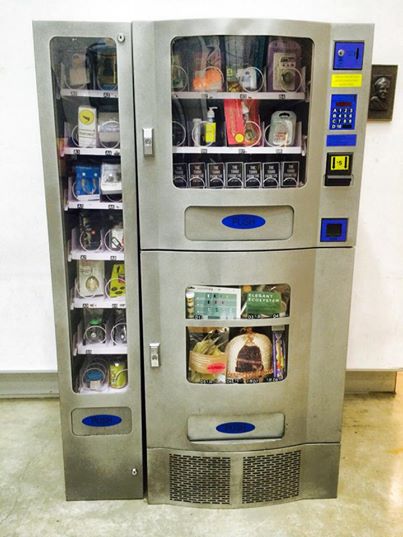
That’s mine in the top centre, the red one…

In contrast, Abrams’ Mystery cards are all package, faux mystery, and, honestly? very polished snake oil. Not buying here
